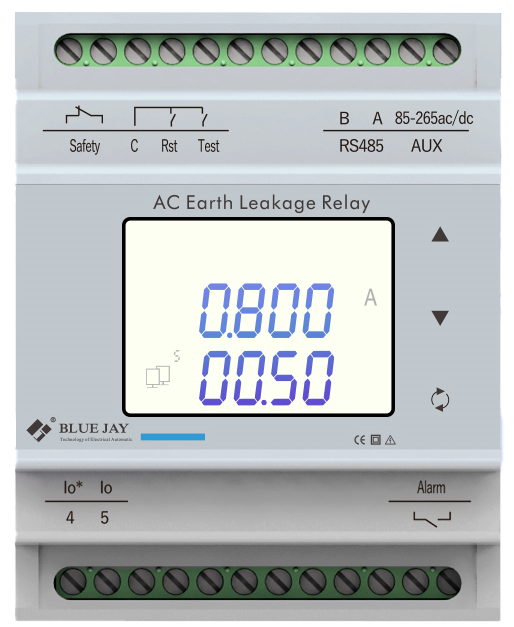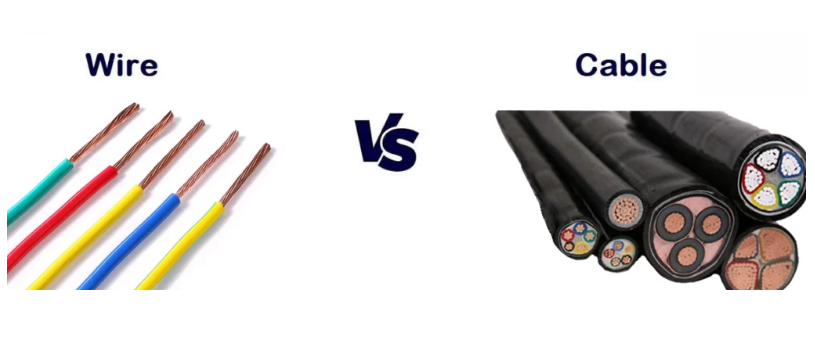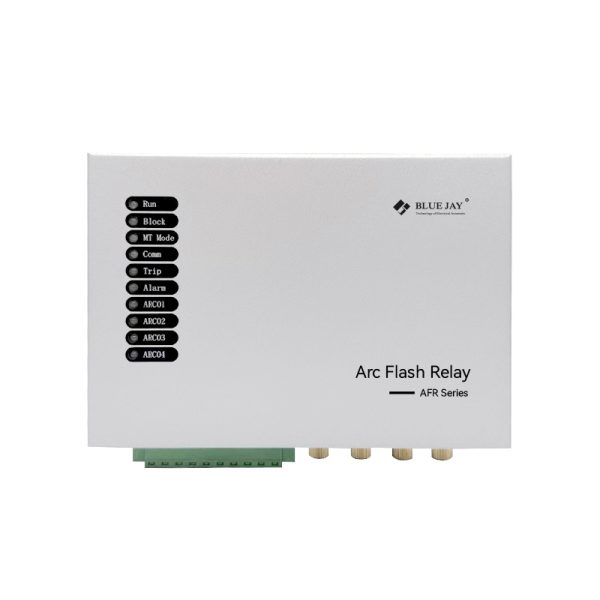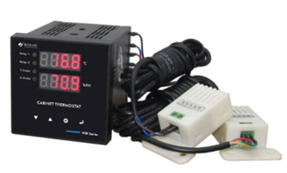Abstract: what is the difference between I/P E/P converters and Electric valve positioners? When a manual operator, PID regulator, DCS, or PLC uses a pneumatic control valve to complete process control, the electrical signal needs to be converted into a pneumatic signal to control the work of the pneumatic actuator. Electrical converters and electric valve positioners are used to meet this function. However, since the structures and functions of these two instruments are different, there are also differences in the use of electric converters and electric valve positioners.
1. Electrical I/P E/P converter
The input current signal of the electrical converter is proportional to the output pressure signal. That is, when the input signal changes from 4-20mA, the output pressure of the electrical converter also changes from 20-100kPa, thus converting the current signal into a pressure signal. The electrical converter is equivalent to a 1:1 amplifier, except that it receives electrical signals. Since there is no mechanical connection between the electrical converter and the regulating valve, it has the advantages of lower price, convenient installation, debugging, and maintenance than the electric valve positioner. Therefore, the electrical converter should be preferred under the same conditions.
The electrical converter is directly installed on the pneumatic control valve and does not require the installation of a feedback rod. However, since there is no feedback link, it cannot become a closed-loop control system. The control accuracy is problematic and it is rarely used alone! Usually, the electrical converter must be used in conjunction with the pneumatic positioner to achieve accurate positioning of the valve.

2. Electric valve positioner
The electrical valve positioner is a combination of the functions of an electrical converter and a valve positioner. Therefore, the functions and functions of the electric valve positioner have been further expanded. For example, it can be used to improve the linearity of the valve position; because it can overcome the friction of the valve stem and eliminate the influence of the unbalanced force of the regulating valve, it is very suitable for high-pressure media and It can be used in situations with high-pressure difference; it can be used in large-diameter control valves; it can be used in high- and low-temperature medium control valves; it can also be used in fast-adjustment situations where you want to improve the flow characteristics of the control valve.

3. Valve positioner
The valve positioner is the main accessory of the pneumatic control valve. It uses the valve stem displacement signal as the input feedback measurement signal and the controller output signal as the setting signal for comparison. When there is a deviation between the two, change the valve positioner to pneumatic control. The output signal of the actuator makes the pneumatic actuator move, establishing a one-to-one correspondence between the valve stem displacement signal and the controller output signal, forming a feedback control system in which the valve stem displacement is the measurement signal and the controller output is the setting signal.
4. Purpose of valve positioner
The valve positioner is the main accessory of the pneumatic actuator. It is used in conjunction with the pneumatic actuator. The valve positioner has the following uses:
1. The valve positioner can improve the linearity of the valve stem position, overcome the friction of the valve stem, and eliminate the influence of controlled medium pressure changes and high-pressure difference on the valve position so that the valve position can be correctly positioned according to the control signal.
2. The valve positioner can increase the action speed of the actuator and improve the dynamic characteristics of the control system.
3. The standard signal pressure of 20-100kPa can be used to operate the pneumatic actuator with a non-standard signal pressure of 40-200kPa.
4. The valve positioner can realize split-range control. One control instrument is used to operate two control valves. After the positioner of the first pneumatic control valve is supplied with a signal pressure of 20-60kPa, the valve moves through the full stroke. The second pneumatic control valve After the positioner on the regulating valve receives a signal pressure of 60100kPa, the valve travels its full stroke.
5. The valve positioner can realize reaction action.
6. The valve positioner can correct the flow characteristics of the control valve.
7. The valve positioner can change the two-position action of the piston actuator and the long-stroke actuator into a proportional action.
8. After using an electric valve positioner, the 4-20mA signal can be used to operate the pneumatic actuator. An electric valve positioner has the dual functions of an electrical converter and a pneumatic valve positioner.






